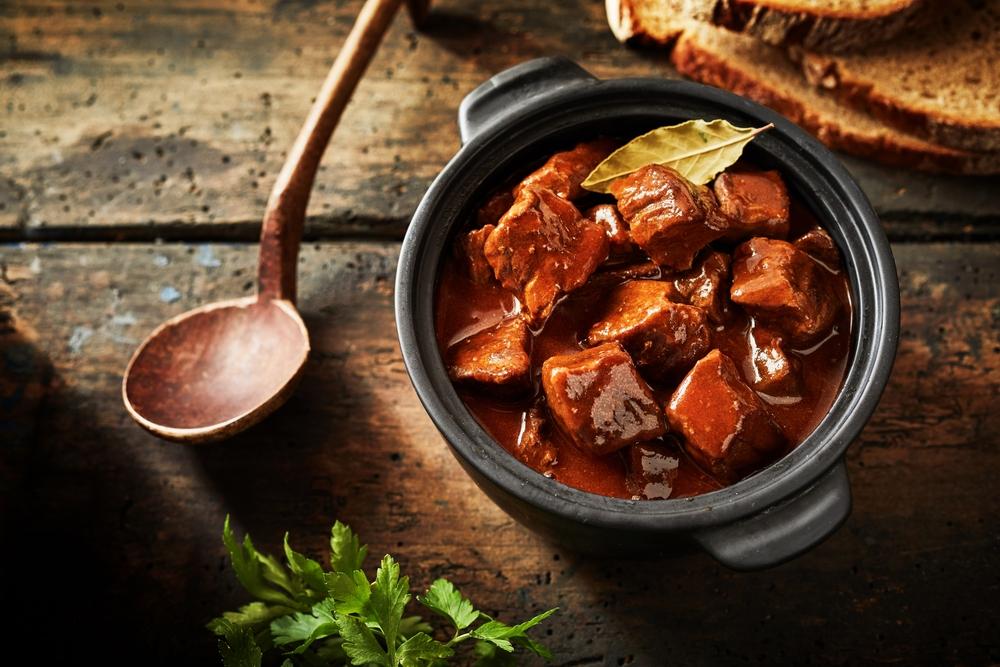If you are a Midwesterner, you may have grown up having something called “goulash.” For me it looked suspiciously like chili, maybe a bit soupier and a bit blander, and it definitely involved some form of pasta, likely elbow macaroni.
Outside the Midwest, the same dish, or something very similar, appears, but with different names. Along the East Coast, American chop suey appears to be a similar casserole, if not the same, as is “glop.”





